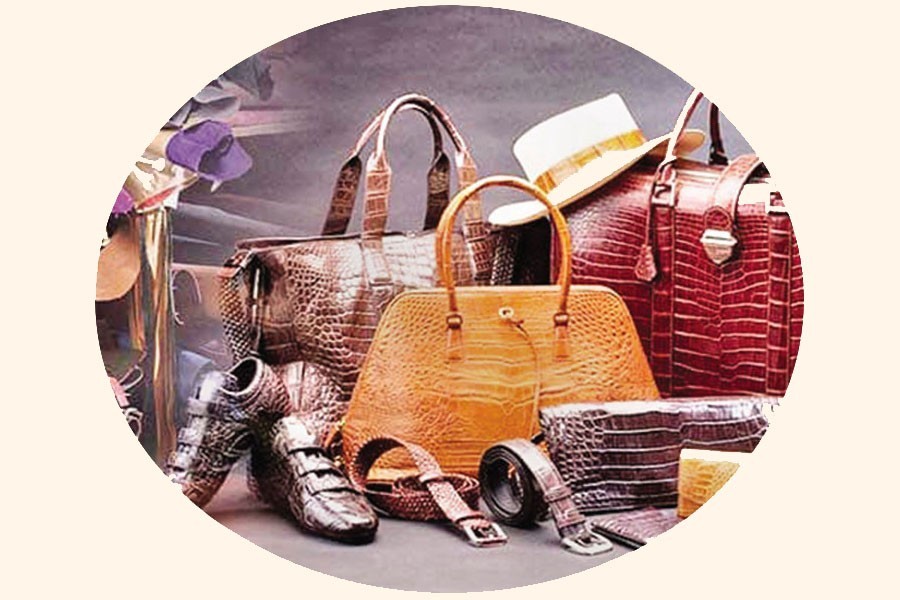
Published :
Updated :

Apart from using the latest high-end electronic gadgets, Chinese fashion conscious youths have a strong penchant for trendy fashion wears. Shoes enjoy a dominant place in this segment. Bangladesh exporters of shoes and finished leather to that vast country with an unabatedly fledgling economy are aware of it. But a few dampers like corona-prompted travel barriers have long been discouraging them from exporting shoes and leather products to China in large volumes. The remarkable feature which defines the lukewarm Chinese response to the Bangladesh-made leather goods comprises the lack of quality enhancement --- and aggressive marketing. Bangladeshi shoes and leather products are conspicuous by their absence from China's leather expos in Shanghai and Guangzhou.
Ironically, Bangladesh has been exporting leather goods to the Asian economic giant over a stretch of last one decade. During the ten years, Bangladesh, on an average, exported leather worth US$ 50 million and footwear worth US$ 16.70 million to China. Clearly, a vast market potential for leather products lies untapped in that country. The ministry of commerce has lately sought suggestions from the Bangladesh embassy in Beijing on how export of leather and leather products to the world's new economic power can be raised. In response, the commercial counsellor at the Bangladesh embassy in Beijing has informed the ministry concerned of the status of leather exports to China.
According to the embassy sources, the highest volume of leather export to China this decade was worth $76.36 million in fiscal year 2016-17, leather goods worth $145 million in fiscal year 2015-16, and footwear export worth 33.50 million in the same year. The commercial counsellor informs that China mainly imports leather from the USA, Brazil, Italy, Australia, Thailand and Korea. Its preference for these countries stems from the fact that the sizes of these leather pieces are comparatively bigger. Moreover, they are collected and processed by sophisticated machines.
The leather pieces collected from Bangladesh are smaller in size; they are separated from the animal body manually. As a nation that values exclusive products, the Chinese buyers' extra care in importing high-quality leather at competitive price from the countries mentioned is understood. On the other hand, the leather from Bangladesh smacks of raw manual handling, and is expensive. Thus preparing its exportable leather pieces in pursuance of international standards becomes a sine qua non. During Eid-ul-Azha, the country's second-largest religious festival, every nook and cranny of the country's urban areas witness stacks of raw hides of sacrificial animals lying in the open. The situation has come to this pass due to the absence of sufficient number of modern abattoirs. It is a sheer lack of slaughter houses, a great deficiency, which leads to the mindless spoiling of large volumes of raw hides. Together with that, the tanneries at Savar need to produce high-quality finished leather using improved technology. Bangladesh might think of setting up joint ventures with Chinese companies specialising in skinning slaughtered animal and processing rawhides and skins. This will ensure a large Chinese market for its leather and leather products. It is time to think of setting up Bangladeshi leather products' brand outlets in China, employ agents for marketing, promotion and set off vigorous ad campaigns. A commerce ministry official's suggestion that the exporters themselves should play the proactive role, taking the zero-duty facilities offered by China is worth considering.


 For all latest news, follow The Financial Express Google News channel.
For all latest news, follow The Financial Express Google News channel.